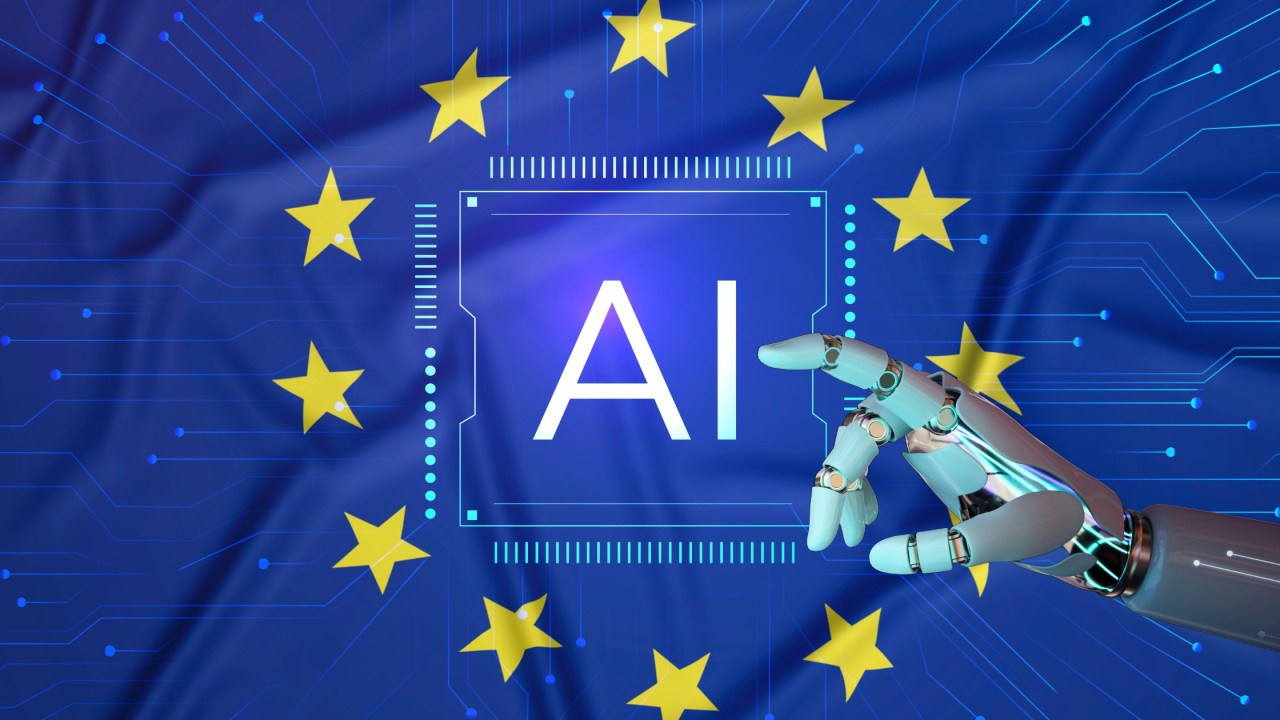The European Artificial Intelligence Board (EAIB) is the principal supervisory body established under the EU AI Act to oversee its consistent implementation across EU Member States. Operating as a horizontal coordination entity, the EAIB supports national competent authorities, offers regulatory guidance, and ensures uniform application of AI rules throughout the Union.
By bridging national enforcement efforts with the overarching objectives of the EU AI Act, the EAIB helps maintain a high standard of trustworthy AI, protects fundamental rights, and reinforces the internal digital market.

1. Background and Establishment
The EAIB was created as part of the EU Artificial Intelligence Act (Regulation EU 2024/1689), which recognized the need for a centralized governance structure to harmonize national regulatory interpretations. Its structure mirrors successful models like the European Data Protection Board under the GDPR.
The EAIB consists of representatives from each national competent authority (e.g. market surveillance authorities, notifying bodies), and is chaired by the European Commission. It may also invite stakeholders such as the AI Office, the EU AI Safety Alliance, and standardization bodies as observers or advisors.
The EAIB became operational alongside the phased entry into force of the EU AI Act, with formal functions beginning in 2026 and full-scale operation from 2027.
2. Purpose and Role in the EU AI Ecosystem
The European Artificial Intelligence Board plays a supervisory and advisory role, ensuring that AI regulation is applied uniformly and fairly across the Union. Its core responsibilities include:
- Providing guidance on the interpretation and implementation of the EU AI Act
- Ensuring consistent application of obligations across all Member States
- Facilitating cooperation and knowledge exchange among national regulators
- Resolving conflicts between authorities on cross-border AI matters
- Advising the European Commission on emerging risks, enforcement challenges, and the need for legislative updates
- Supporting capacity-building, particularly for less-resourced Member States
It acts as a regulatory backbone, ensuring that the principles of the EU AI Act—such as risk-based governance, transparency, and proportionality—are consistently upheld.
3. Key Contributions and Impact
Although newly established, the EAIB is poised to become a central actor in AI governance. Its early contributions include:
- Drafting common interpretation documents on key articles of the EU AI Act (e.g. Article 6: high-risk classification, Article 10: data governance)
- Facilitating a cross-border regulatory cooperation framework for high-risk AI systems and general-purpose AI models
- Coordinating joint investigations on systemic risks posed by AI deployments in multiple Member States
- Publishing annual reports on the status of AI enforcement and sector-specific challenges (e.g. law enforcement, biometrics, education)
- Assisting in developing methodologies for impact assessments, conformity checks, and fundamental rights monitoring
Its guidance documents are particularly valuable to SMEs, regulators, and providers seeking clarity on obligations and thresholds under the Act.
4. Connection to the EU AI Act and the EU AI Safety Alliance
The EAIB is a governance mechanism created directly under the EU AI Act to ensure its effective implementation and uniform interpretation. It works closely with:
- The European Commission (which chairs the Board)
- The AI Office (which provides operational data, supports coordination, and enforces reporting)
- The EU AI Safety Alliance, which provides independent assessments and certifications of AI systems.
While the EU AI Safety Alliance ensures technical conformity and risk mitigation, the EAIB serves as the legal and procedural harmonizer—ensuring decisions made by national authorities align with a shared European vision for ethical AI.
This two-tiered framework—technical certification and regulatory supervision—creates a robust compliance ecosystem for AI within the EU.
5. Stakeholder Engagement and Community Participation
Though primarily composed of public authorities, the EAIB encourages input from a broad range of stakeholders through:
- Consultation processes on draft guidance documents
- Collaborative input from the AI Office, academic institutions, and civil society
- Workshops focused on high-risk use cases, real-world testing, and standardization
- Joint coordination with national ethics committees or human rights bodies on sensitive deployments
By maintaining transparency and engaging diverse actors, the EAIB promotes democratic legitimacy, inclusiveness, and trust in AI governance.
6. Key Themes Addressed by the EAIB
The EAIB addresses several critical issues that are central to effective AI oversight:
- Consistency in enforcement across Member States
- Risk-based classification of AI systems
- Transparency obligations for providers and deployers
- Oversight of general-purpose AI models, especially those with systemic risk
- Data quality and bias mitigation
- Post-market monitoring obligations
- Rights-based impact assessments
- Alignment with international AI standards and best practices
These themes reflect the AI Act’s mission to make AI technologies safe, explainable, and rights-respecting—while fostering innovation and fair competition.
7. How to Engage with the European Artificial Intelligence Board
While not a public-facing certification body, the EAIB offers several ways to stay engaged or informed:
- Review and provide feedback on guidance documents
- Follow annual reports and sector-specific enforcement updates
- Participate in stakeholder forums co-hosted with the AI Office or national authorities
- Align organizational compliance practices with EAIB’s interpretative positions
National authorities can formally request opinions or coordination support from the Board, especially in cases of cross-border AI deployment or enforcement ambiguity.

